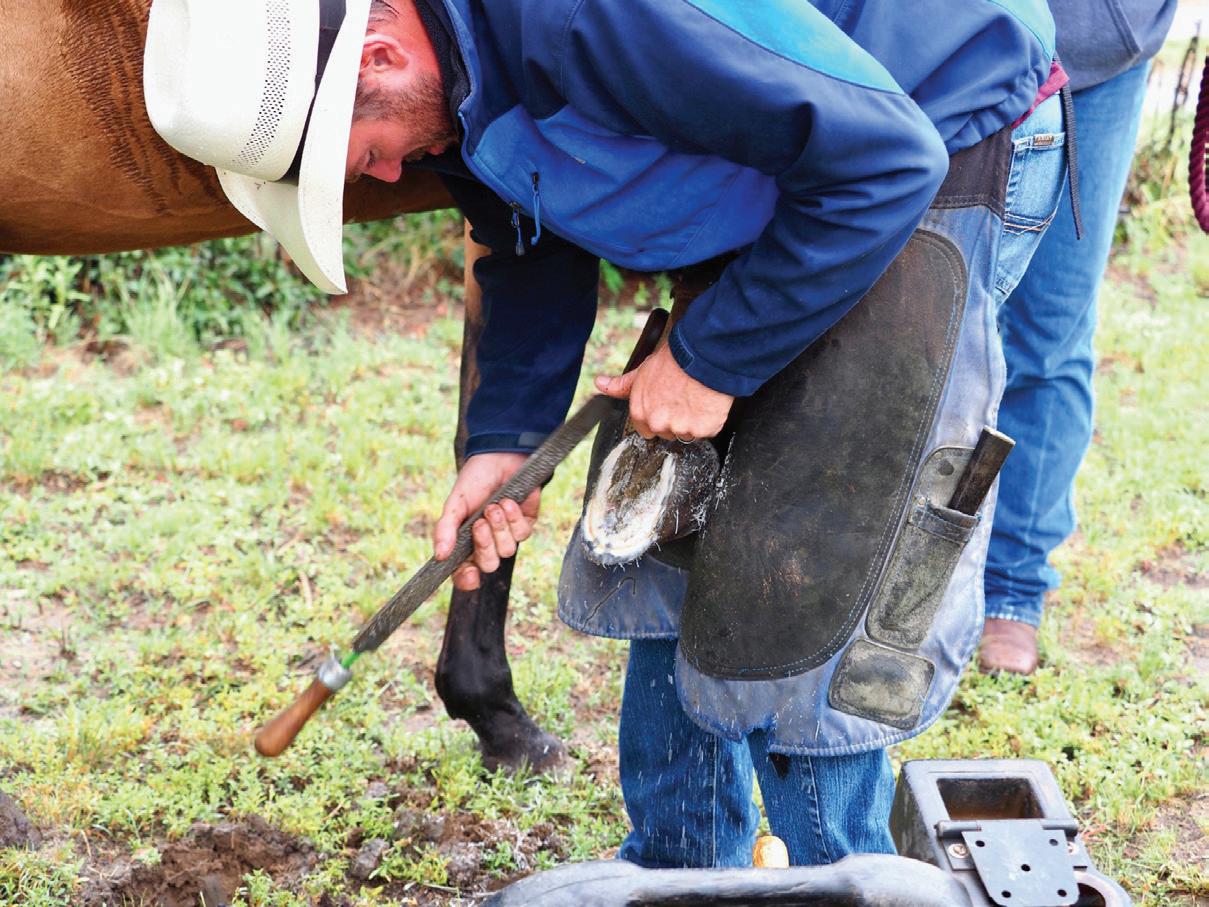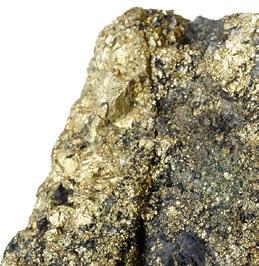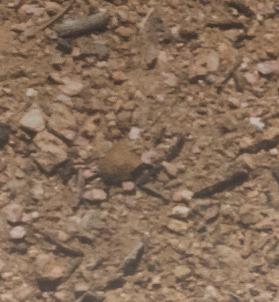
3 minute read
The Past
White Oaks Miners’ Day celebrates the town’s golden past
White Oaks has a reputation for being a ghost town. Susan Gerke says she and other White Oaks residents have a common response.
“We are not ghosts,” she says.
Fewer than 15 people now live in the town’s historic corridor, with another few dozen scattered throughout the surrounding area. Located in Lincoln County, the tiny New Mexico township has only one intersection.

However, the town bursts to life when it celebrates its mining history.
White Oaks Miners’ Day is Saturday, August 19, and includes a parade, children’s events, food and live music.
Though its residents are now few and far between, the township was once one of the largest communities in New Mexico. Originally a hunting ground of the Piros and Apache tribes, the area was called malpais—Spanish for bad country—by members of Don Juan de Onate’s expedition when they traveled through in the late 1500s.
Fast forward three hundred years to 1879 and the discovery of gold in the rock outcroppings



Spend the Night In White Oaks

of what would become known as Baxter Mountain, after miner Charles Baxter. As word spread, a mining camp was developed, and a post office was established. Soon it was a bustling town with dozens of businesses, including four newspapers, two hotels, three churches and plenty of saloons.
For those hoping to spend more time in town, RV parking, a small cabin and space for dry camping are available. Call Karen at the No Scum Allowed Saloon at 575-648-5583 for details. Nearby Carrizozo also offers lodging in one of its three hotels.
You can reach White Oaks by driving 3 miles north on Highway 54 from Carrizozo to Highway 349. White Oaks is 9 miles east of the turnoff. For more information about White Oaks Miners’ Day, visit White Oaks Miners’ Day on Facebook or email wildwestwhiteoaks@gmail.com.



Eventually, the mountain’s ores were depleted. When the railroad bypassed the town, the depopulation of White Oaks became inevitable. By 1910, the town’s population had dwindled from around 2,500 to 200.


The yearly White Oaks celebration has a long history and has waxed and waned in cycles. In recent years, a committee was organized to resurrect the event. Susan Gerke, one of the committee members, is president of the House of Memories Echoes and secretary of the White Oaks Historical Association. She enjoys seeing volunteers come together and grow ideas for Miners’ Day.
“It’s fun,” Susan says. “This event brings the community together. People love seeing each other and having fun together. The icing on the cake is seeing the look of enjoyment on the faces of both children and adults as they participate in the day.”
The annual White Oaks celebration began in honor of one of its citizens.

David Jackson came to White
Oaks in the late 1800s from Texas and became a miner and financial partner in the town’s mining operations. His Texas sweetheart joined him in White Oaks, where they married and lived out their lives. Jackson was one of the few African Americans in the town, and he was known for his lively and fascinating stories of the past and for tending to the sick in the community.
“People of that era loved Jackson and his wife so much that on his birthday, they would have Dave Jackson Day,” says Karen Haughness, who owns the town’s only saloon and serves on the annual celebration committee. “It was those birthday celebrations that initiated the White Oaks community event. Jackson also initiated the first electric co-op in New Mexico in 1912.”
This year’s White Oaks Miners’ Day starts with a parade, stick horse races, children’s calf roping contest (with dummy calves) and a high noon gunfight at the No Scum Allowed Saloon. From there, head to the east end of town for the Dutch oven cookoff to grab some tasty grub.

The outhouse race is next, followed by a play at the historic schoolhouse and a horseshoe tournament on the east side of the saloon.
White Oaks historic schoolhouse, built in 1895, hosts the afternoon play. The play introduces the lively characters who made the town of White Oaks—people like Madame Varnish, who ran a gambling joint; Susan McSween Barber, also known as the “Cattle Queen of the West;” and Williams C. McDonald, who was New Mexico’s first governor.
Buckboard rides, gold panning and trader’s post will be set up throughout the day. A buckboard ride is a rough ride in a horse- or mule-drawn cart, and an outhouse race is just what it sounds like: a structure resembling an outhouse is placed on wheels and raced by a team of two—one person sits on the pot, and the other person pulls the outhouse along.
If you prefer to stay put for the a ernoon, sit tight at the No Scum Allowed Saloon to grab a bite to eat a er the high noon showdown and enjoy music from New Mexico bands. Aces and Eights will play country and rock ’n’ roll music from noon until 4 p.m. At 7 p.m., the popular Graham Brothers Band takes the stage to perform from its repertoire of classic country dance tunes. e concert is on the outdoor patio, perfect for stargazing a er night falls.
“We don’t like artificial lighting out here,” Karen says. “You can just reach out and touch the stars. The Milky Way goes right over the dance floor.”












